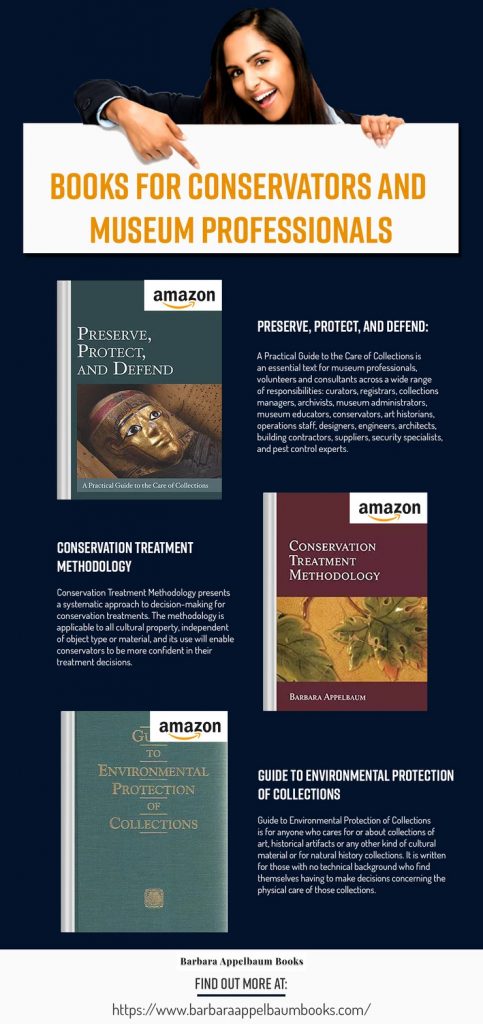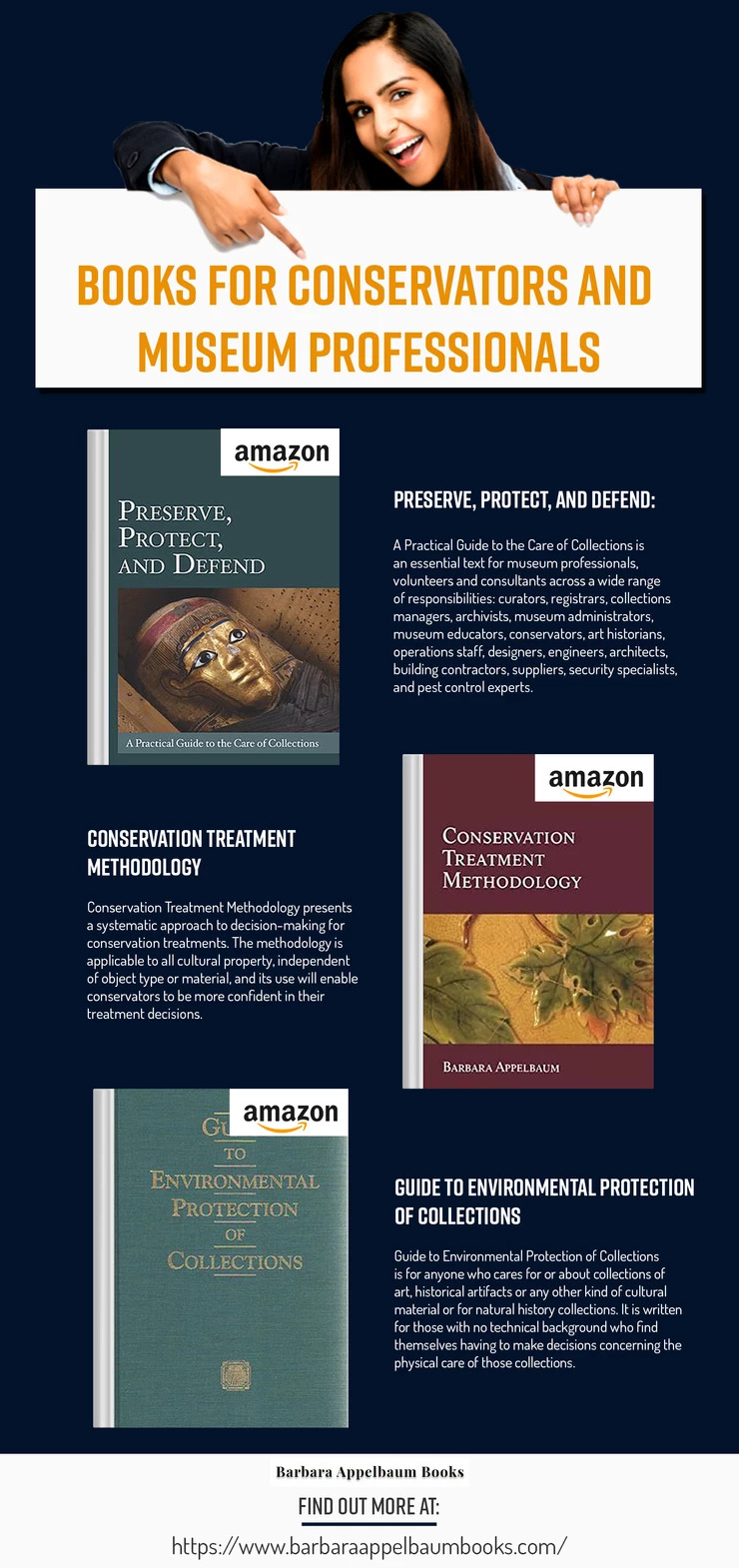Museum Care Books For Conservators and Museum Professionals
If you run a museum, you already know that regardless of how valuable collection your collection is, it is challenging to maintain and manage your museum. After all, you have to take care of the objects that are highly prone to deterioration as well as theft and damage. Then, showcasing your items appropriately to the visitors is the next challenge to deal with.
Museum care is a highly demanding field. It is a skill that can always be improved. Reading up on new methods will make you smarter and efficient at managing and preserving your museum collection.
Museum care books for conservators and museum professionals can help. It is one of the best and feasible ways to learn museum management and collection. In a field like museum care where past knowledge is excessively valuable, books prove to be a godsend.
Barbara Appelbaum is a renowned author of specialist books on museum care and management.
Counted among one of the eminent objects conservators in the USA, she has handled several notable projects such as George Washington’s leather portfolio, a Marcel Duchamp urinal, and a Marilyn Monroe dress.
Below, you will find the books for conservators and museum professionals written by Barbara Appelbaum. These books have been highly recommended by experts and readers alike. Here we finish up the list of three-just published books on museum and collection care that you should keep an eye out for.
Whether you are looking for preserving tips, wondering how to protect your museum collection from various environments, or you want to learn about conservation treatment methodology, there is something for everyone on this list.

Book I :
Preserve, Protect, and Defend: A Practical Guide to the Care of Collections
This book is a useful source for all museum professionals, whether you are curators, registrars, managers, administrators, or pest control expert.
In fact, it is also a great piece of info for someone with a private collection.
The book covers a wide range of topics such as:
- Conservation assessments
- Practical advice for examining collections and buildings to uncover collection safety issues
- Routine collection safety practices
- Preparing for the unexpected, including wind and water penetration, fire and smoke, and infestations;
- Controlling the museum environment including temperature and relative humidity, light and lighting, and air quality.
This book also offers an insight into the world of museums and their staff. It presents the information in an easy language. This is a must-have book for everyone taking care of the collection as well as the buildings that house them. Ideal for museums of all sizes, libraries, and private collections!
Book II :
Conservation Treatment Methodology
Another wonderful book on museum care by Barbara Appelbaum!
It tells about a systematic approach to decision-making for conservation treatments. The book covers the methods that are applicable to all cultural property, independent of object type or material, and its use will enable conservators to be more confident in their treatment decisions.
Moreover, the book features several examples with illustrations to emphasize the equal importance of the physical and cultural aspects of objects for decision-making.
The book also explains how the history of an object and the meaning that it holds for its owner or custodian contribute to determining its treatment.
It is an important book for historic preservation specialists, restorers, conservators, and students. The book is written in a simple language, making it equally useful for art historians and museum personnel who work with conservators.
Book III :
Guide to Environmental Protection of Collections
This book is a must-have for anyone who cares for or about collections of historical artifacts, collections of art, or any other kind of cultural material or for natural history collections.
The lessons are presented in a simple language so that even a person with no technical background can easily understand the things.
So these are some Books for Conservators and Museum Professionals written by Barbara Appelbaum. Click here to shop now!

